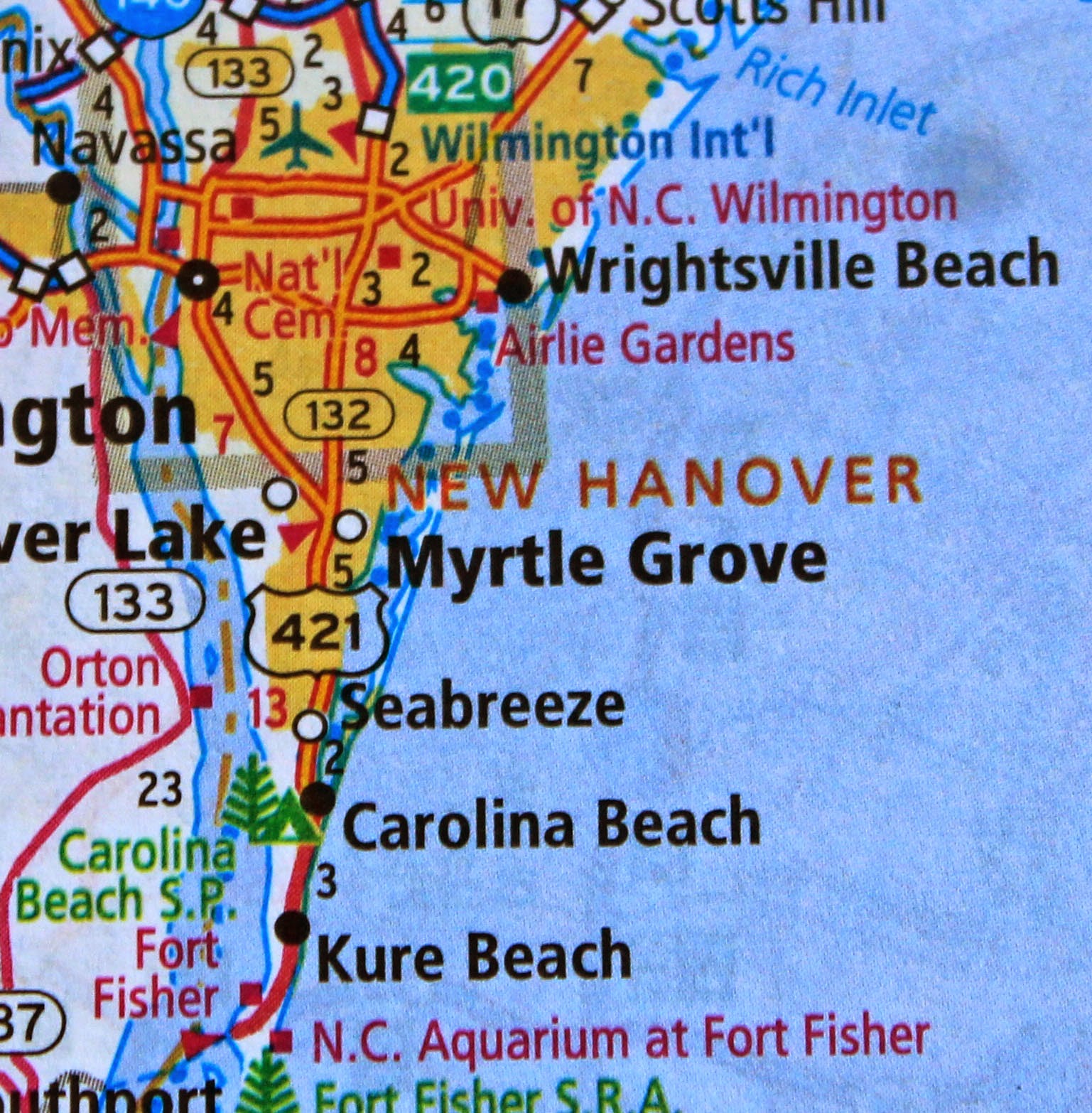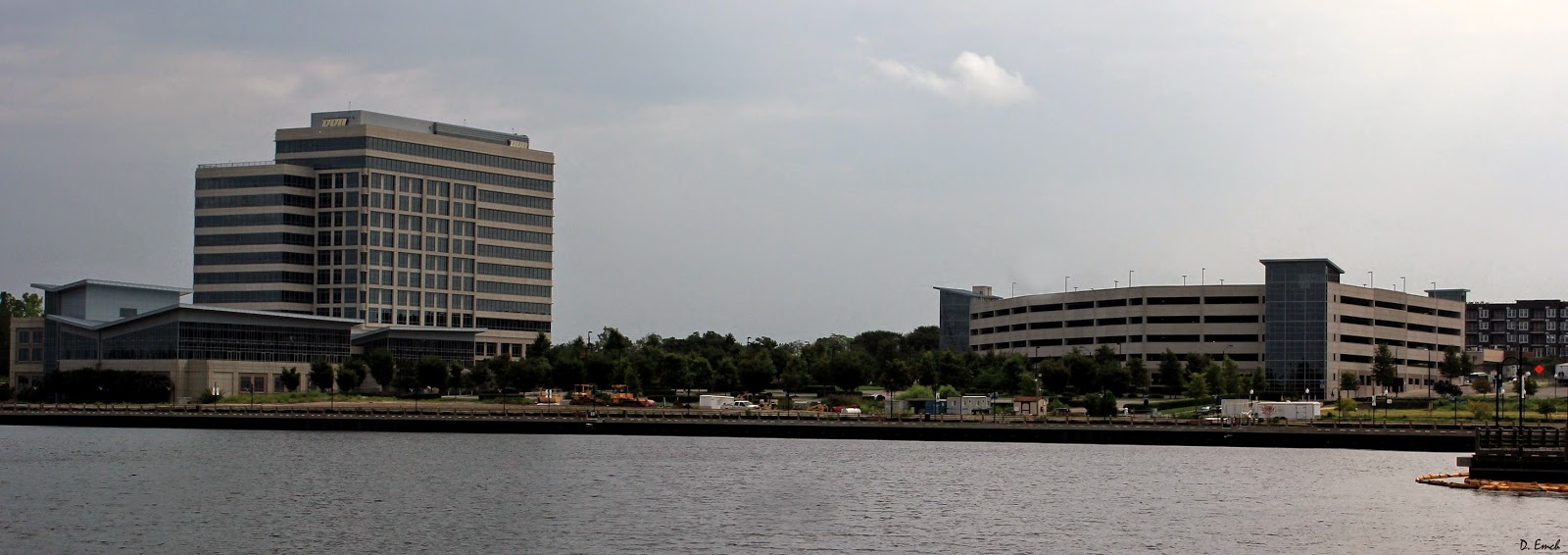Welcome back to the Cape Fear River. Following the changing seasons, we are leaving Florida and picking back up in North Carolina where we left off Last August. My hope is that we make it far enough north by summer to avoid the worst of the heat - I struggled trying to sleep last summer in temperatures that stayed in the eighties and nineties at night. We have an exciting run - hopefully we can make it up into New England by the time autumn comes. I may have to make a brief trip back to Charleston SC between now and fall, but am in hopes of covering a lot of territory. If we don't pick up the pace, I estimate I will be 86 years old by the time we get fully around the country. (I am 53 now.) We really need to start covering 50 miles of territory a week, so, here we go . .
It is worthwhile to wander a few miles up the Cape Fear River before we move up the coast. Helping us in our quest to explore the river is Wilmington Water Tours.
Captain Doug Springer is one of five partners in this riverboat venture.
Doug Springer
Part of Doug's diverse background was a long stint as River Keeper for the "Cape Fear River Watch," a non profit community organization that communicates with government, manufacturing, commercial shipping and tourism folks with the goal of restoring and preserving the integrity of the Cape Fear River. We traveled several miles of the river, with Doug giving a historic and naturalist narration along the way.
Wilmington's commercial port lies just downriver from Wilmington proper. Shipping as an industry goes back several centuries here. Although it has been a crucial driving force in Wilmington's growth, we will see later that it has also taken a toll on the land. As we pass under the bridge on Route 17, we emerge onto Wilmington's historic waterfront.
A walkway begins here which will soon span over a mile and a half - the longest river-walk on the east coast of the United States.
Just past a long row of shops and restaurants, a coast guard ship is berthed.
Although it is seven miles upstream, this section of river is still saltwater. All manner of pleasure boaters utilize the calm waters.
Also docked here is the Henrietta, which hosts dinner cruises along the river.
Just across the river is the USS North Carolina, which has served as a museum since 1961 when local school children began a campaign to save up $330,000 to save the ship from the scrap yard.
If you want to read more about this ship, you can Click Here to access the article when we visited her last summer.
Just beyond all of this is the latest happening in Wilmington. Private and public investment combined have put up over 500 million dollars to revitalize a large section of land.
A large hotel, parking facilities, marina and a brand new convention center are nearing completion. We will visit this in the next couple of days, but suffice it to say it is a dramatic improvement. Here is what this stretch of land looked like just a few years ago.
Wilmington was a major railroad center, the remains of which are just now being cleaned up and/or restored. But ship building was also a huge industry here, and it has left far more remains than the railroads.
During World War II, a facility here along with another in Brunswick GA produced the bulk of the ships that facilitated the landing of US soldiers, supplies and weaponry in Europe.
The debris isn't just from that era - there are over 100 sunken and abandoned ships remaining here.
Although it seems like there is a lot to clean up yet, huge strides have been made. For years this was Doug's mission in life - using whatever means he could to clean up a few more yards of river each year.
Soon, the riverboat cruise runs us past the industrial and downtown areas.
Here we enter the extreme northern end of what was the Rice Planting Culture back in the 1800's - and a few other things as well. This is basically the northern edge of the territory that alligators inhabit, and it is also just about the northern extreme of where you will see Spanish Moss.
As we meander several miles up the river, we see another price the land has paid for industry.
There is a weird graveyard of mile after mile of dead trees. The trees that were not ripped out for the building of rice fields back in the 1800's have been killed by salt water intrusion. This happened when the river channel below Wilmington was dredged deeper so that the large freighters could make their way up the the commercial docks.
The land is coming back though. This has become a favored breeding ground for Ospreys and Bald Eagles. Nests as big as small cars can be seen high in the trees along the banks.
Twice I saw Osprey catch fish, and although my gear wasn't good enough to capture those shots, I was able to photograph them after they settled in the trees to eat.
Osprey winter in South America, and the males return early to build a nest. The females arrive a few weeks later and if the nest passes muster, mating commences. While they are in the nesting stage the Osprey are successful fending off the bald eagles who compete for their nests. Once they have raised their brood though they cede the area to the eagles.
Click Here for the article last year when we observed this drama play out between a mating pair in Beaufort SC.
On up the river is an interesting geologic feature. There is a layer of limestone containing fresh water that runs from Florida up into New England that only breaches the surface of the earth in this spot.
This has been one of Doug's major concerns, as a Greek concrete company is trying to put a large facility in here. The problem is that this limestone aquifer provides fresh drinking water to millions of folks in various east coast towns and cities. The company proposes to pump millions of gallons of water per day out of the aquifer to run their operation.
The problem is not just that they will be pumping water out - it is that they create a void that will be filled by salt water. And we can clearly see from all the dead trees what happens when salt water intrudes into an area. It takes thousands of years for ground water to trickle down into these aquifers, and the influx of sea water could catastrophically taint a huge natural resource.
Doug talks about trying to deal with the companies and government agencies - the back room deals and the blatant misinformation. Better a man like him handle things like this - his gentle and patient nature gets a lot done that I don't think I would have the tolerance to handle.
Doug has made great strides with the amount of mercury poisoning that is happening to the land. Mercury is highly toxic to life - in tiny doses it causes autism and in larger doses it causes death. Because of his efforts changes have been made so that the soot from coal burning power plants is not continually tainting the area.
On a personal note, my oldest son Blaine, who lives a couple of hours inland by Raleigh NC ,was able to join me for a couple of days on the trail. It was a great visit. Having served in the military, he immensely enjoyed touring the battleship.
And that brings us to today's "faces in the crowd" - a mother and her son taking a "selfie" on the riverboat.
And today's parting shot - seen affixed to the wall of the boat.
If you can Donate a few dollars to help me with gas, food and etc I am most grateful. Click Here to email me or Click Here for today's meditation. But whatever you do, have an awesome day !!
David
































No comments:
Post a Comment